Am 2. September 1919 erhielt die deutschösterreichische Delegation den dritten und endgültigen Text des Friedensvertrages in St. Germain/Paris von den Alliierten ausgehändigt. Dabei wurde Österreich das westungarische Gebiet, einschließlich der Stadt Ödenburg, zugesprochen. Am 6. September wurden diese Friedensbedingungen von der konstituierenden Nationalversammlung in Wien angenommen und am 10. September 1919 in St. Germain unterzeichnet.
Ungarn versuchte in weiterer Folge eine Revision der neuen „Burgenland-Grenze“ zu erreichen. Unter anderem wurde behauptet, dass die Bevölkerung in Deutsch-Westungarn (Burgenland) den Anschluss an Österreich nicht wünsche. Amerikanische Vertreter der Friedensdelegation begannen daraufhin abermals mit Erkundungsreisen durch das umstrittene Land. Arthur Wood DuBois, ein Beauftragter der Mission, berichtet am 20. März 1920 über seine Beobachtungen:
 „[…] At Poettsching, eight persons, mostly farmers, all favor union with Austria.
„[…] At Poettsching, eight persons, mostly farmers, all favor union with Austria.
At Oedenburg, director of bank stated that up to recently majority in Oedenburg favored remaining with Hungary but that the stamping of the currency has thrown the majority on the side of union with Austria.
Kohlnhof [Kophaza], Croatian farmers, favored remaining with Hungary, were used to Hungarian conditions, but no real patriotism.
Zinkendorf [Nagycenk], Hungarian, strongly favors remaining with Hungary.
Deutsch Kreuz, mixed German and Hungarian and Croat (2,963 Germans, 312 Hungarians, and 41 Croats), workingmen — Germans — strongly in favor of joining Austria, German farmers divided in sentiment, a German innkeeper opposed union with Austria About forty persons interviewed. All favored decision by plebiscite and stated that would gladly abide by such a decision. Impression gained that the majority desire union with Austria.
St. Margarethen, 1988 Germans, 76 Hungarians, 20 Croats, talk-ed with about ten Germans — farmers and blaeksmith and storekeeper — all strongly favored union with Austria. Doctor, also German opposed union, strongly pro-Hungarian. German storekeeper stated that the movement for annexation to Austria began in fall of 1918 during the Karolyi regime. Local organizations formed in the German communities, and central Organization with 148 members at Oedenburg. According to the storekeeper the people had never been content since 1867 with the Hungarian rule, the Hungarian government having failed to live up to its promises a wider use of the German language. Apparantly the population in this village is strongly in favor of union with Austria.
Purbach, German village, interviewed five persons, all strong in favor of union with Austria.
Breitenbrunn (see former reports), German village, interviewed about fifteen persons, farmers, artisans, and innkeeper. Majority favored union, some desired plebiscite, Hungarian soldier from German West Hungary and of German parentage favored Hungary.
Neusiedl, 2,110 Germans, 745 Hungarians, 10 Croats, there peasants desired union with Austria. […]”
(Berlin Jon d.: Akten und Dokumente des Außenamtes (State Department) der USA zur Burgenland-Anschlußfrage 1919-1920. In: Burgenländische Forschungen Heft. 67. Eisenstadt 1977. S. 280)
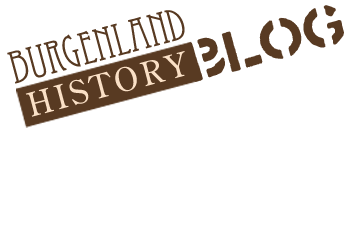
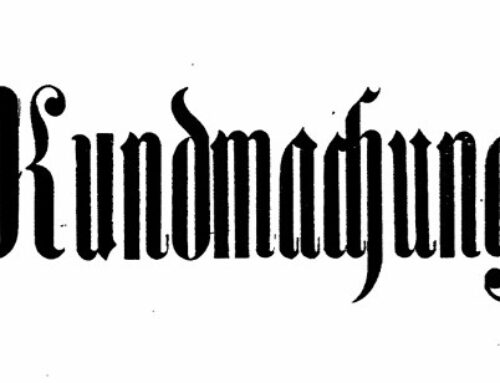
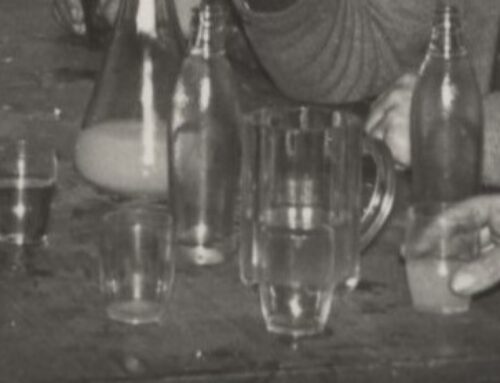

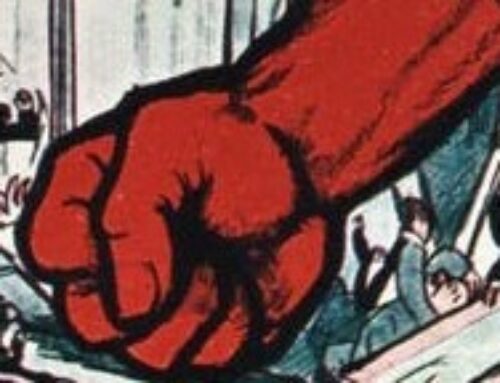
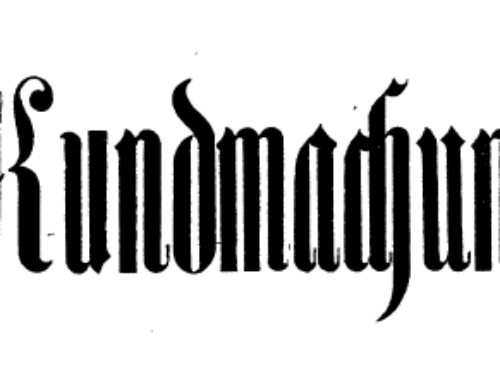
Hinterlasse einen Kommentar